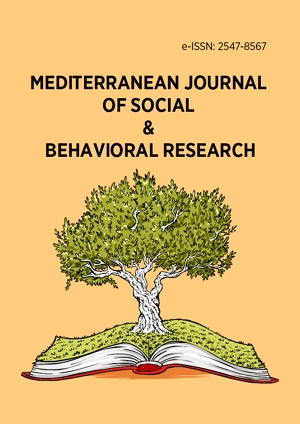Abstract
The rationale of the present paper is to investigate the effectiveness of e-learning anent the students' academic achievement in English a a foreign language. A case study has been conducted at the Department of Letters and English Language by taking into consideration the students from two different Master sections at Ain-Temouchent university namely, 'Didactics and Applied Linguistics' and 'Literature and Civilization'. Through the use of an online questionnaire, the results revealed that the majority of the respondents under investigation approve the idea that e-learning has a positive impact on the academic performance and success of the learners, and that e-learning can be a complementary aspect to classroom learning for the best possible outcomes as regards academic achievement.
License
This is an open access article distributed under the Creative Commons Attribution License which permits unrestricted use, distribution, and reproduction in any medium, provided the original work is properly cited.
Article Type: Research Article
MEDITERR J SOC BEH RES, Volume 8, Issue 2, June 2024, 37-42
https://doi.org/10.30935/mjosbr/14412
Publication date: 01 May 2024
Online publication date: 26 Mar 2024
Article Views: 3184
Article Downloads: 2069
Open Access References How to cite this article
 Full Text (PDF)
Full Text (PDF)